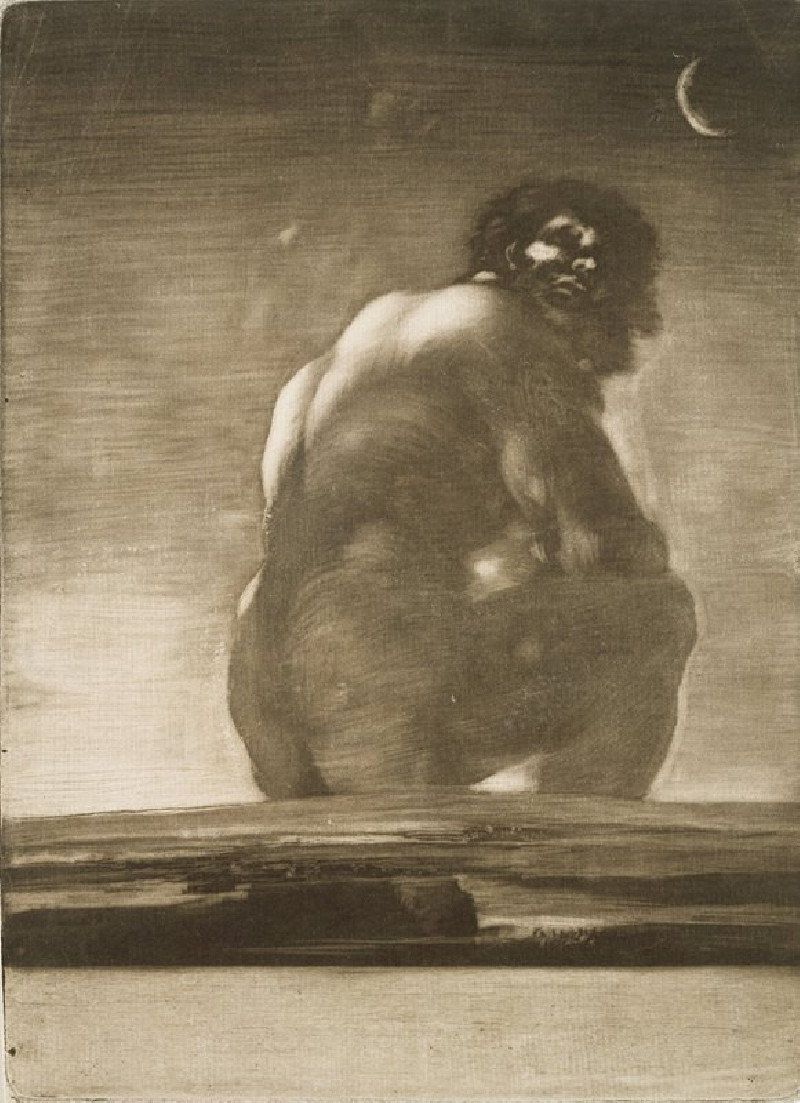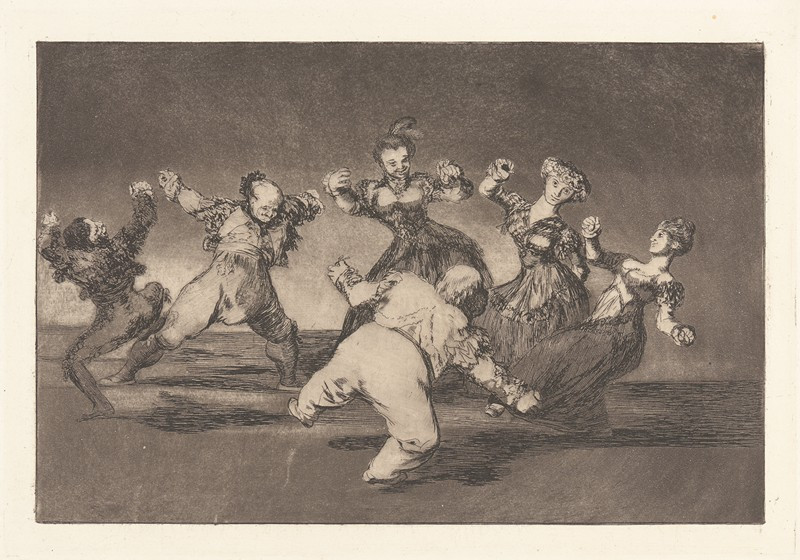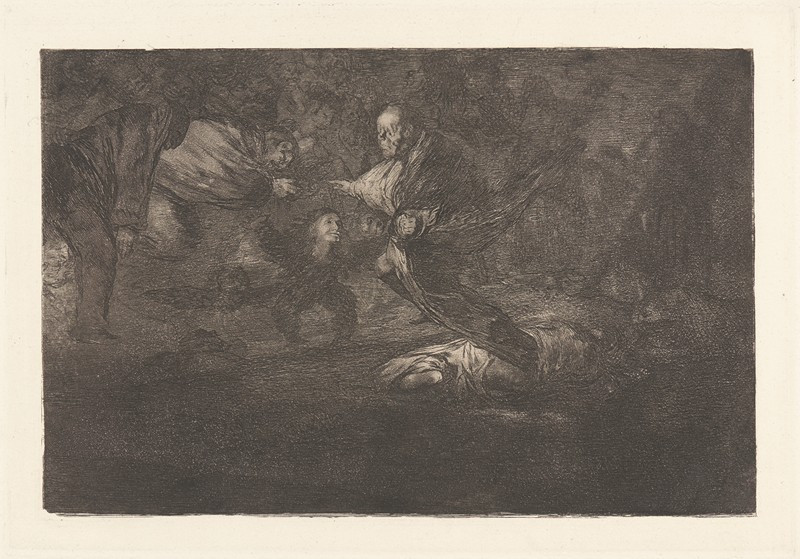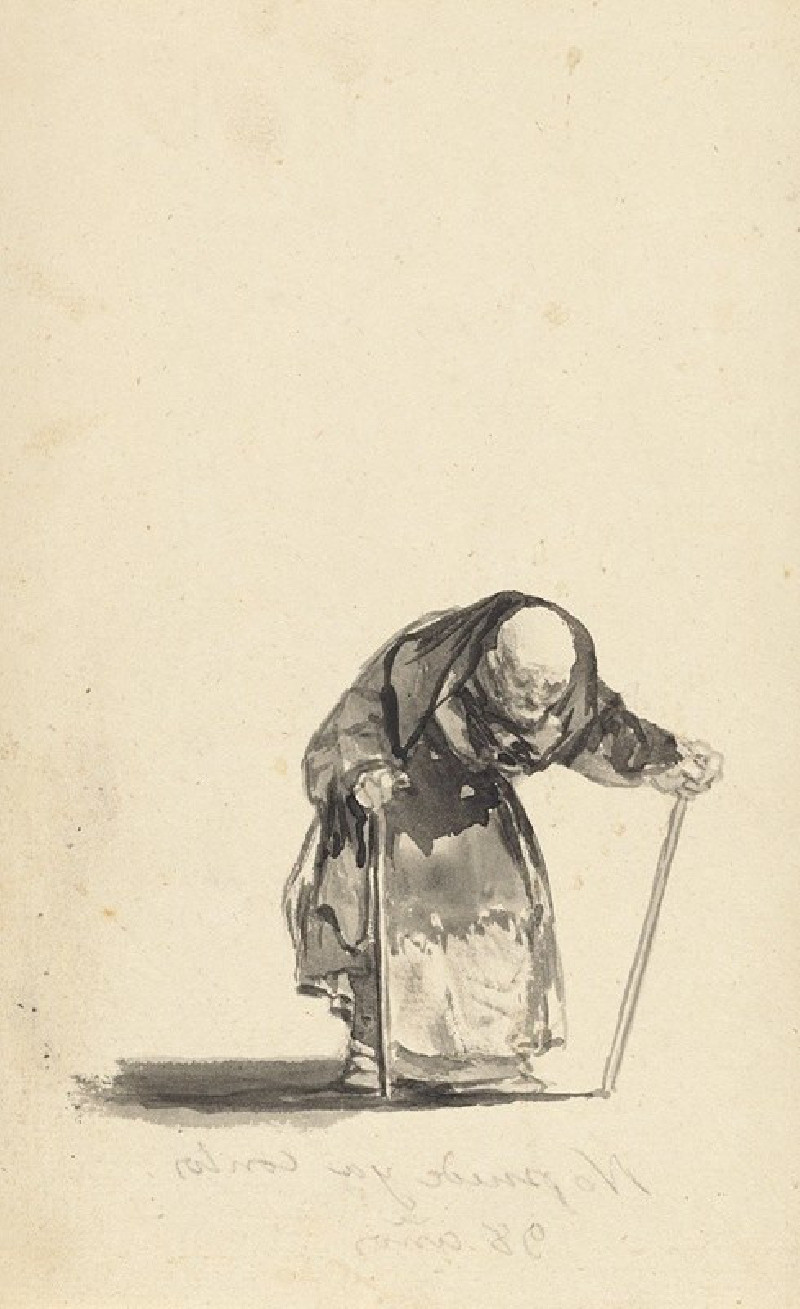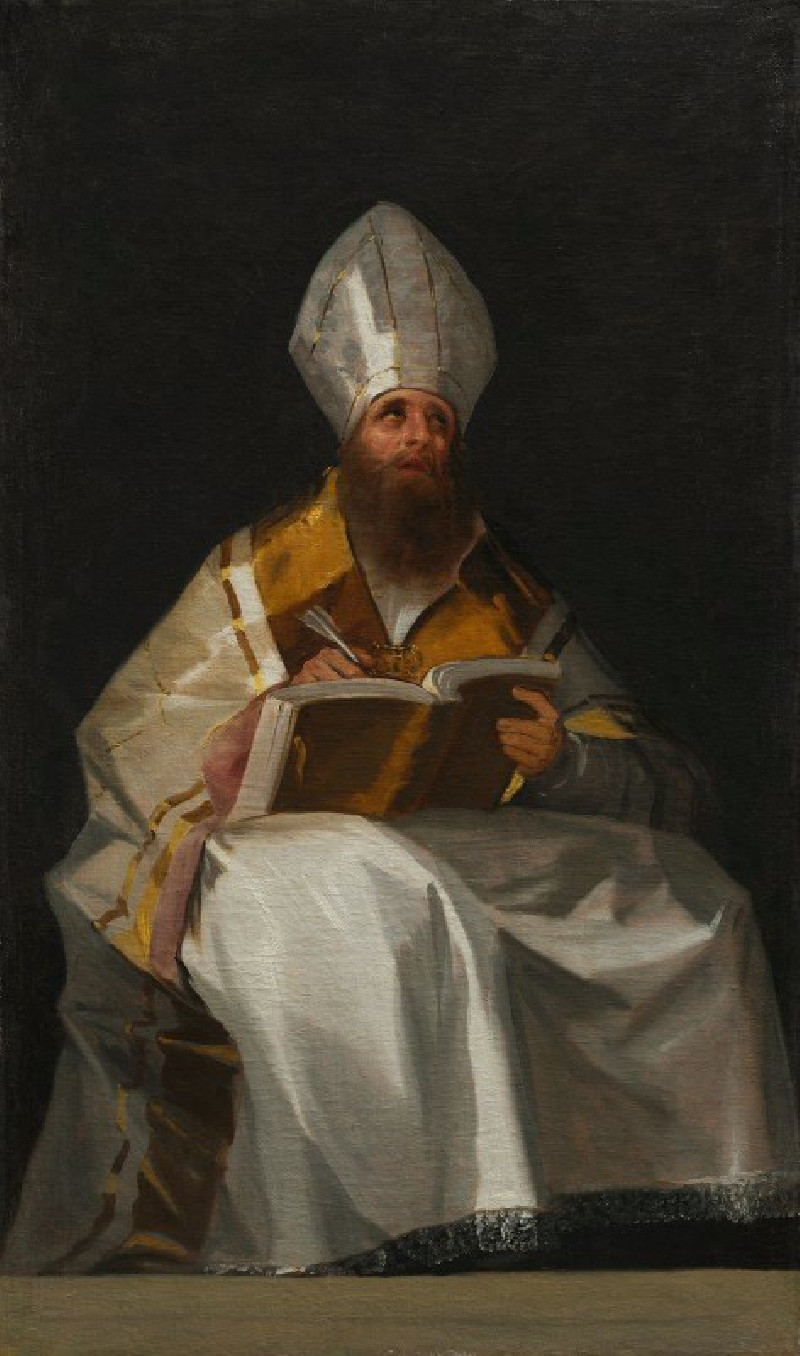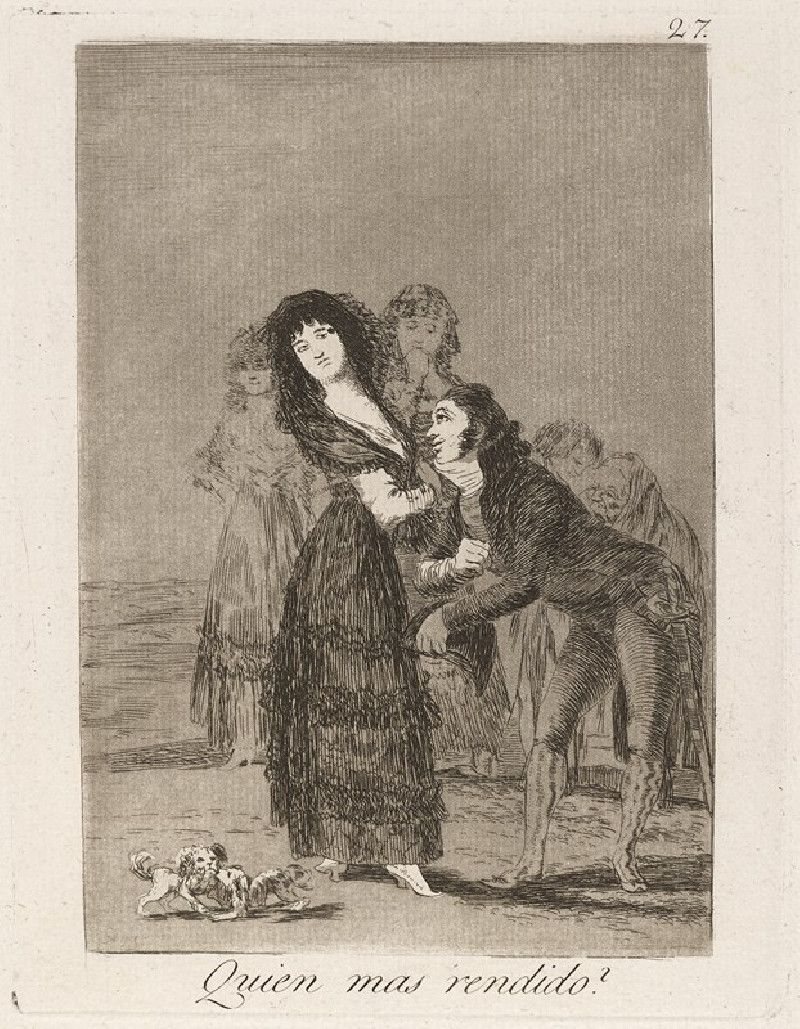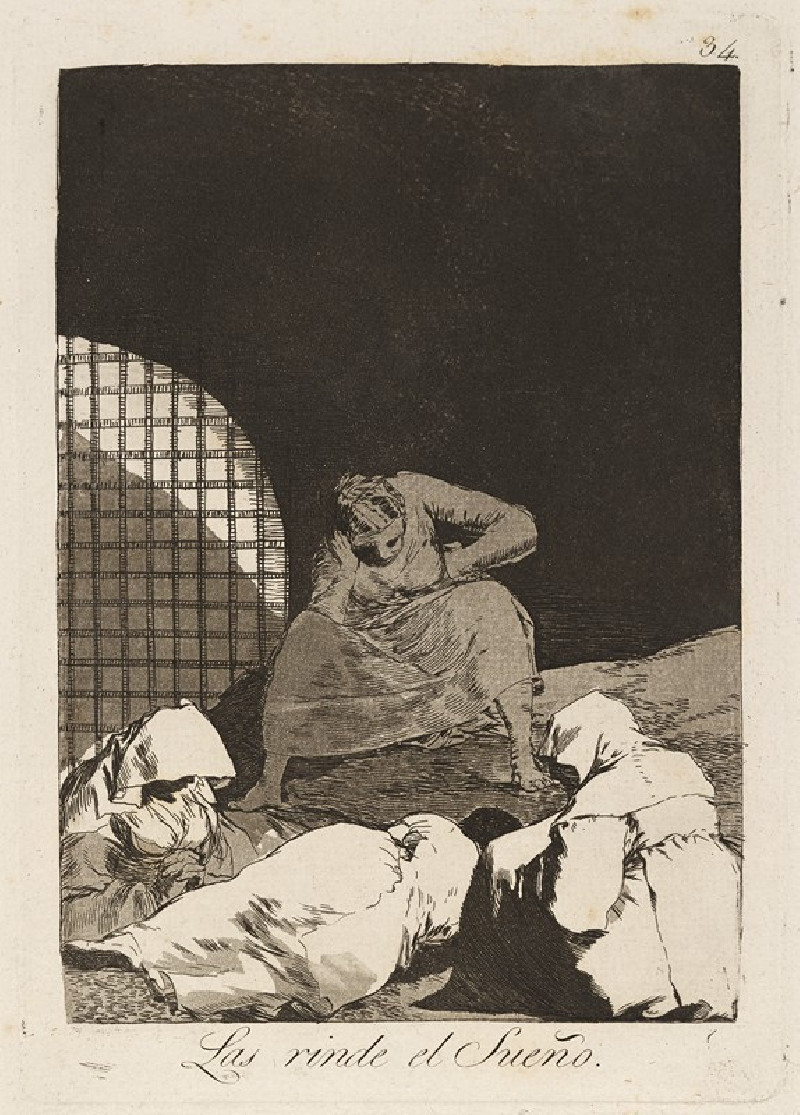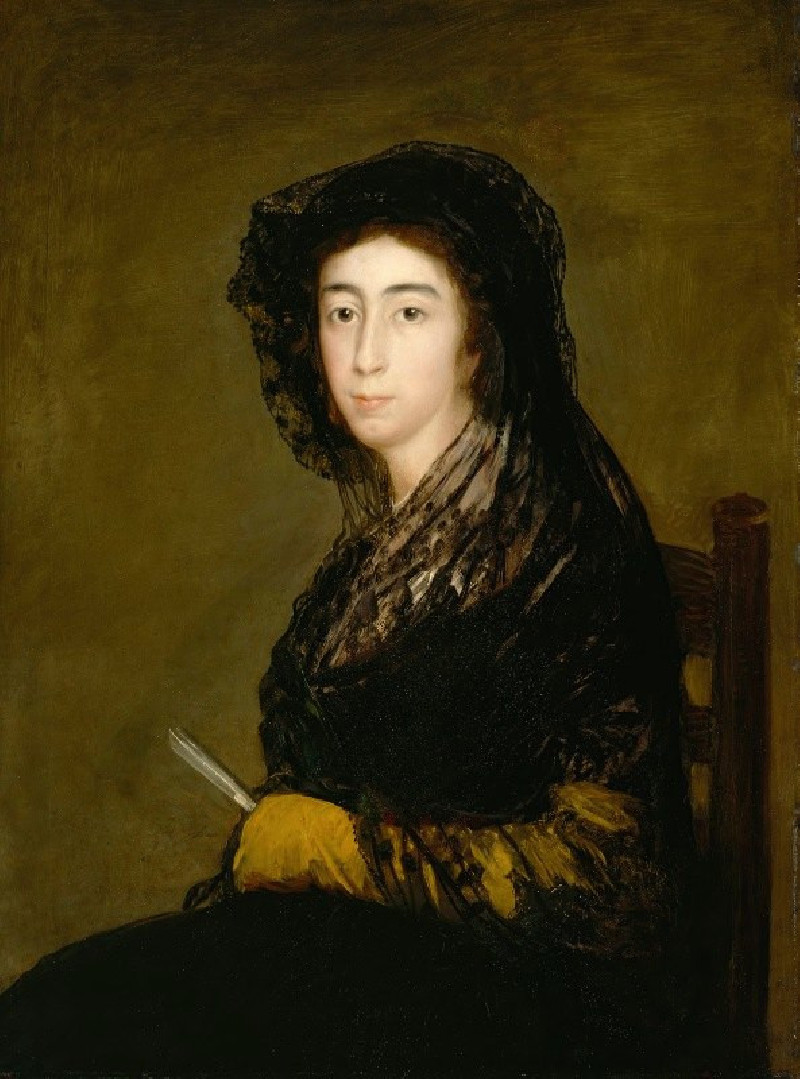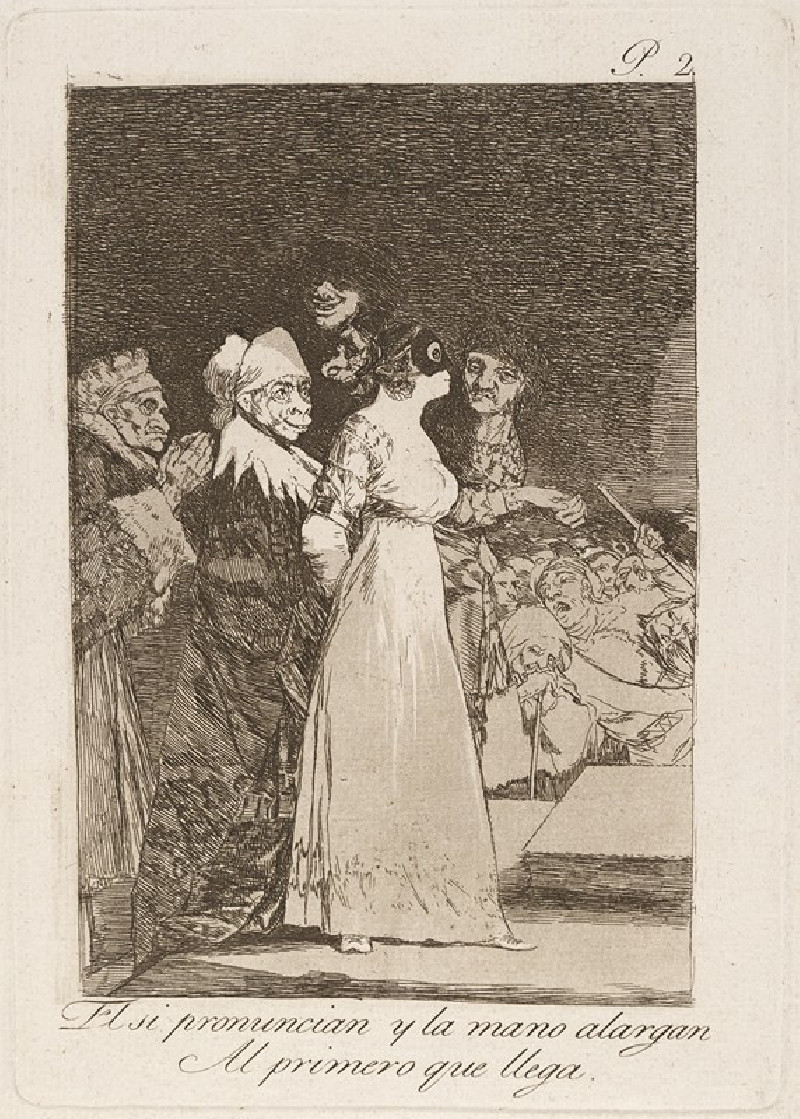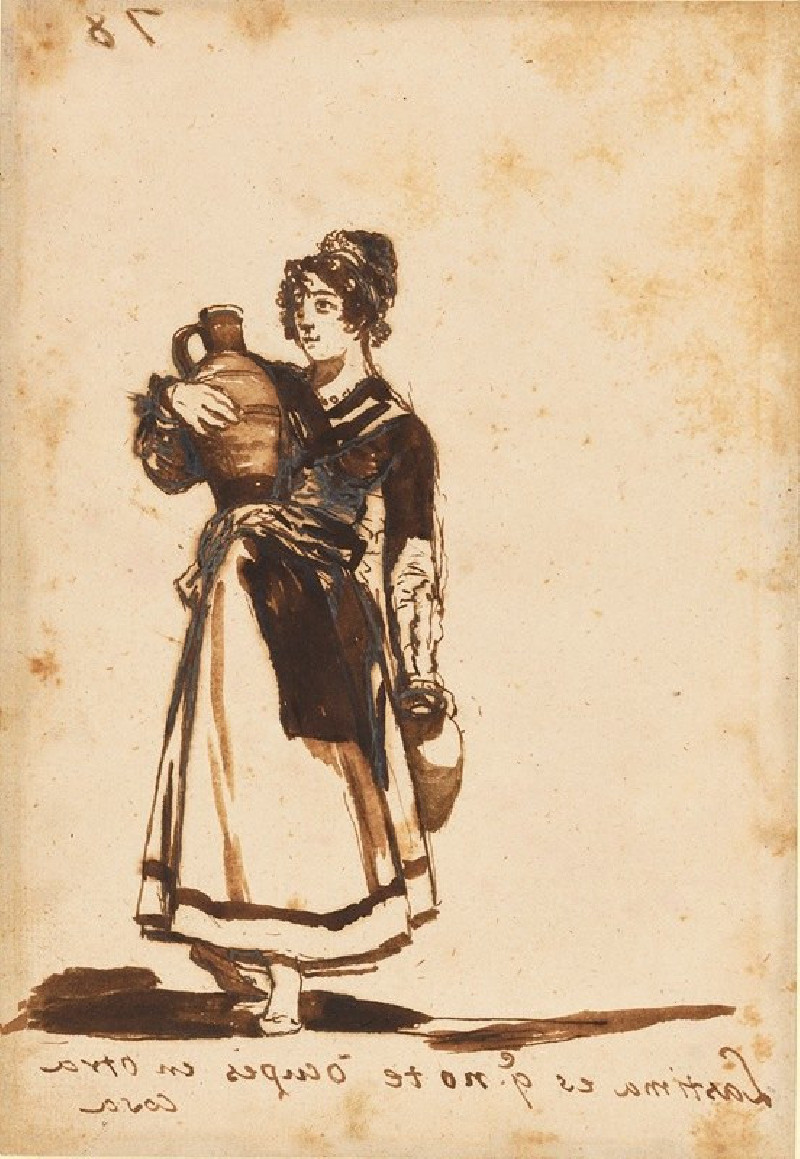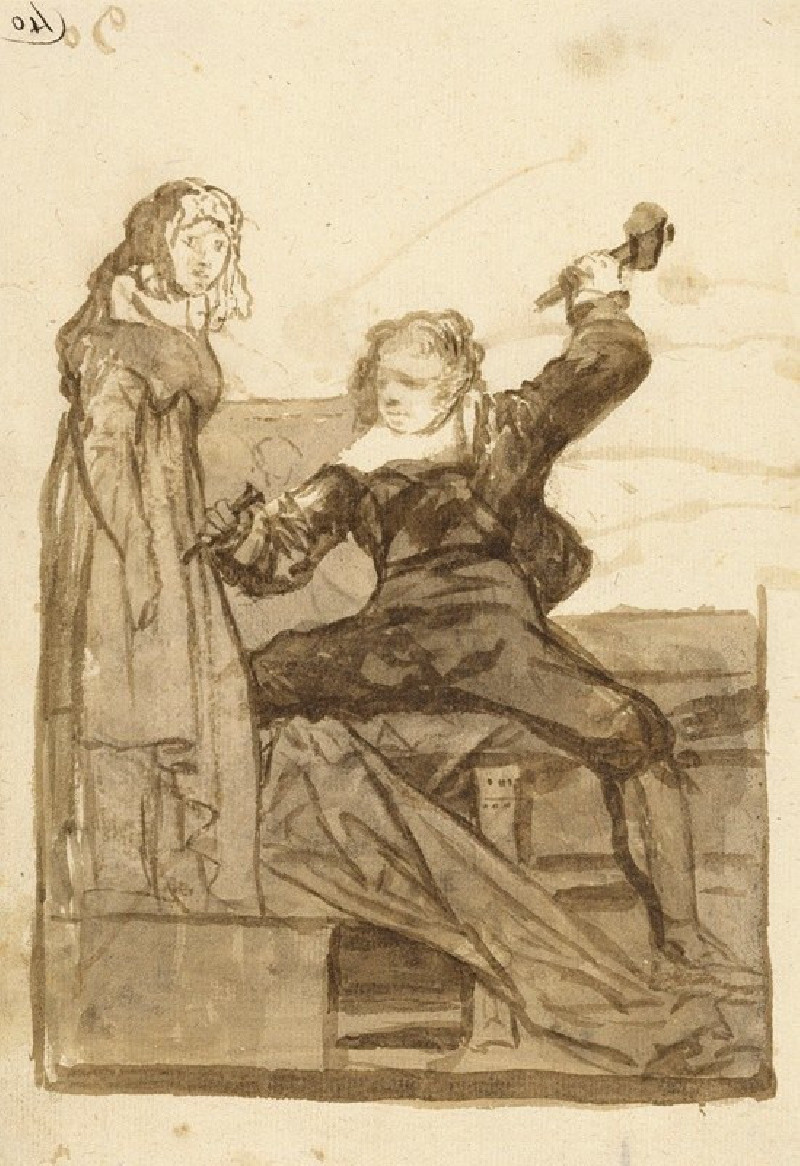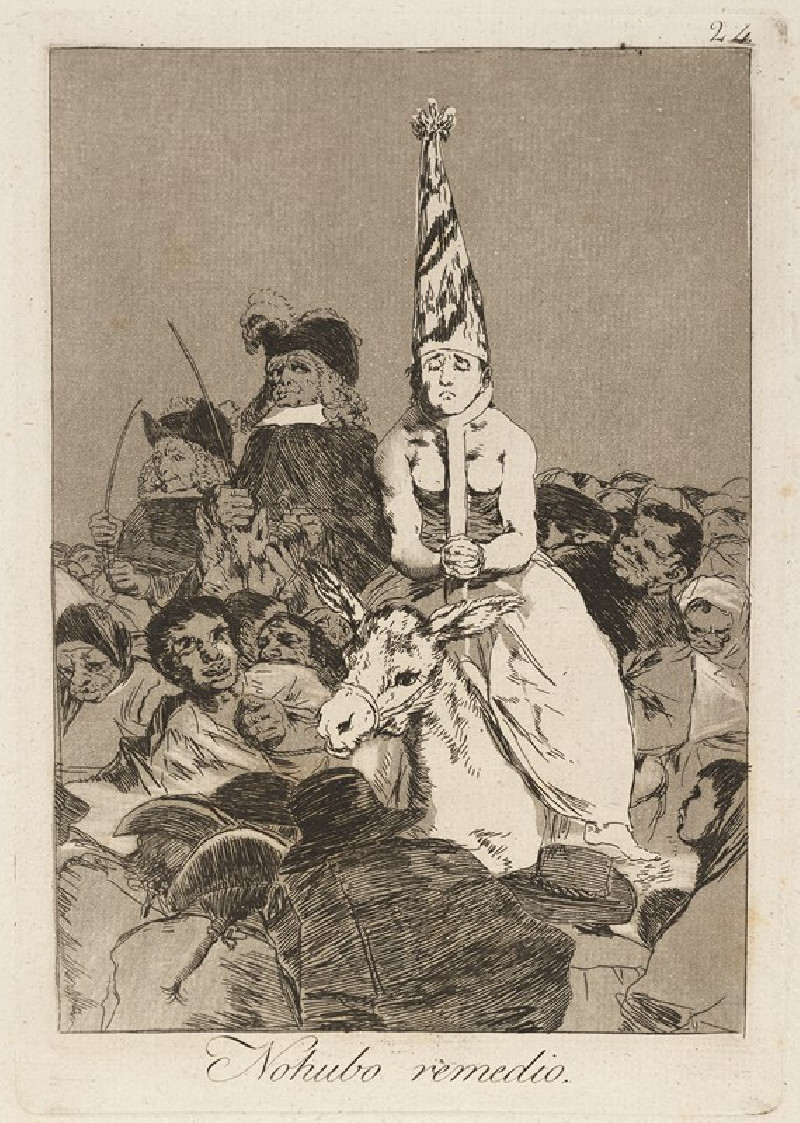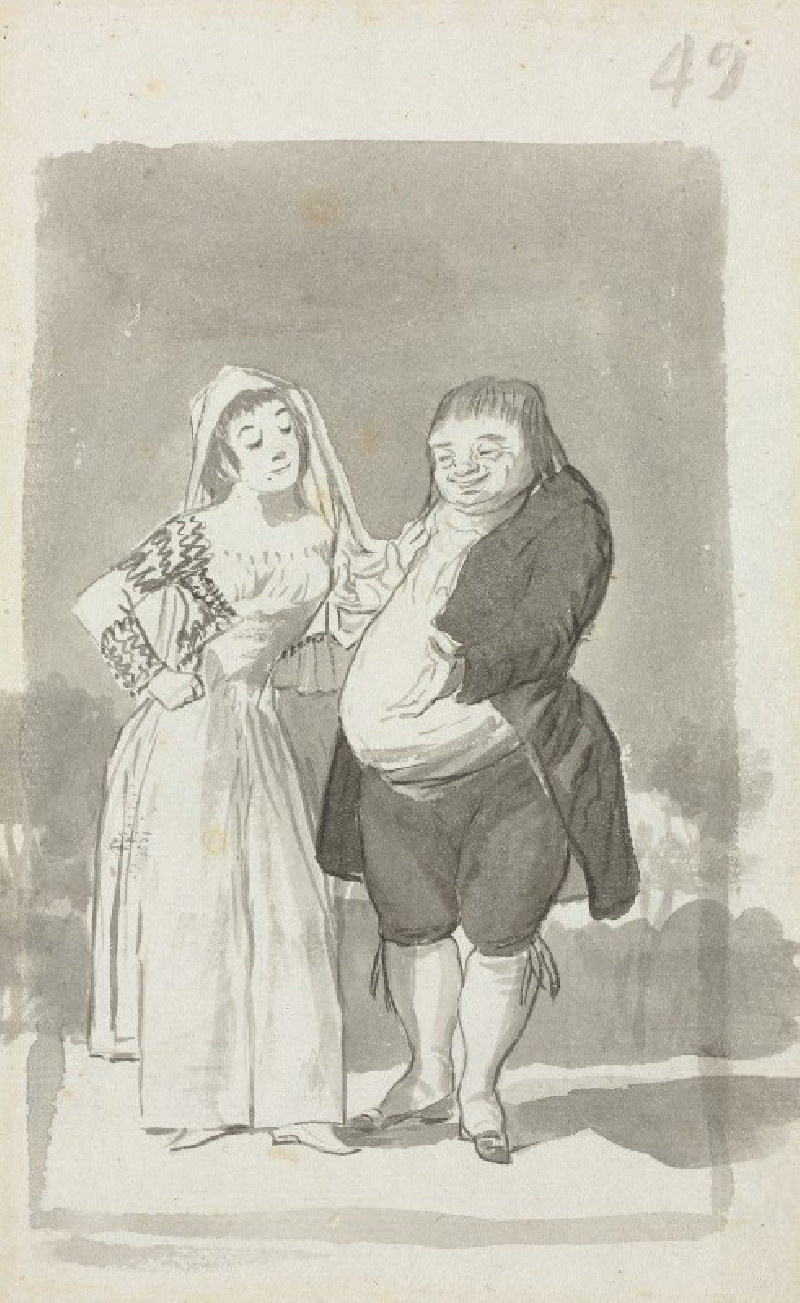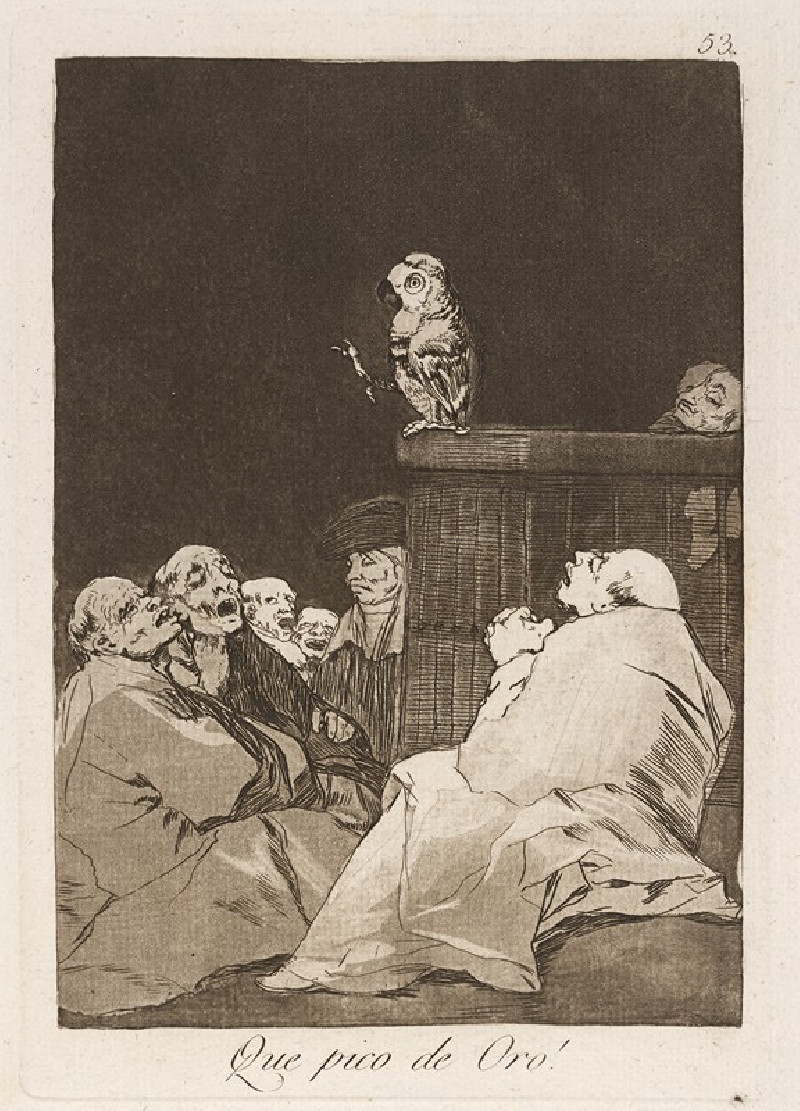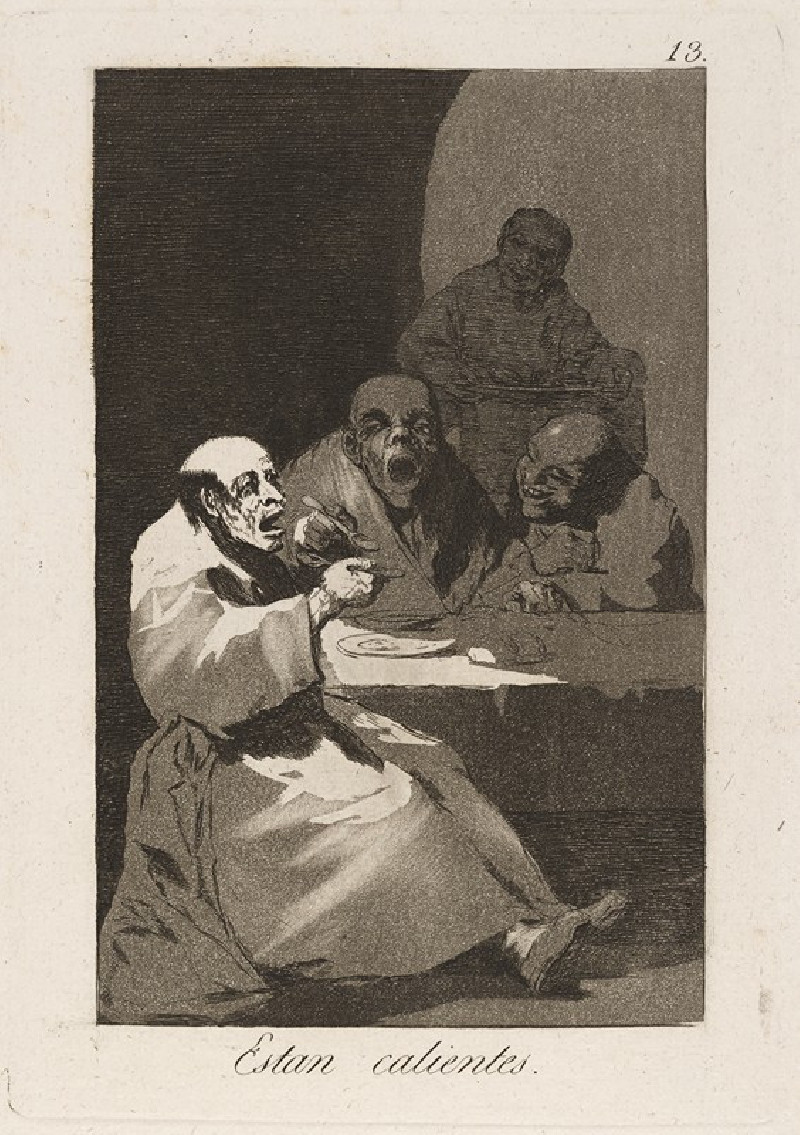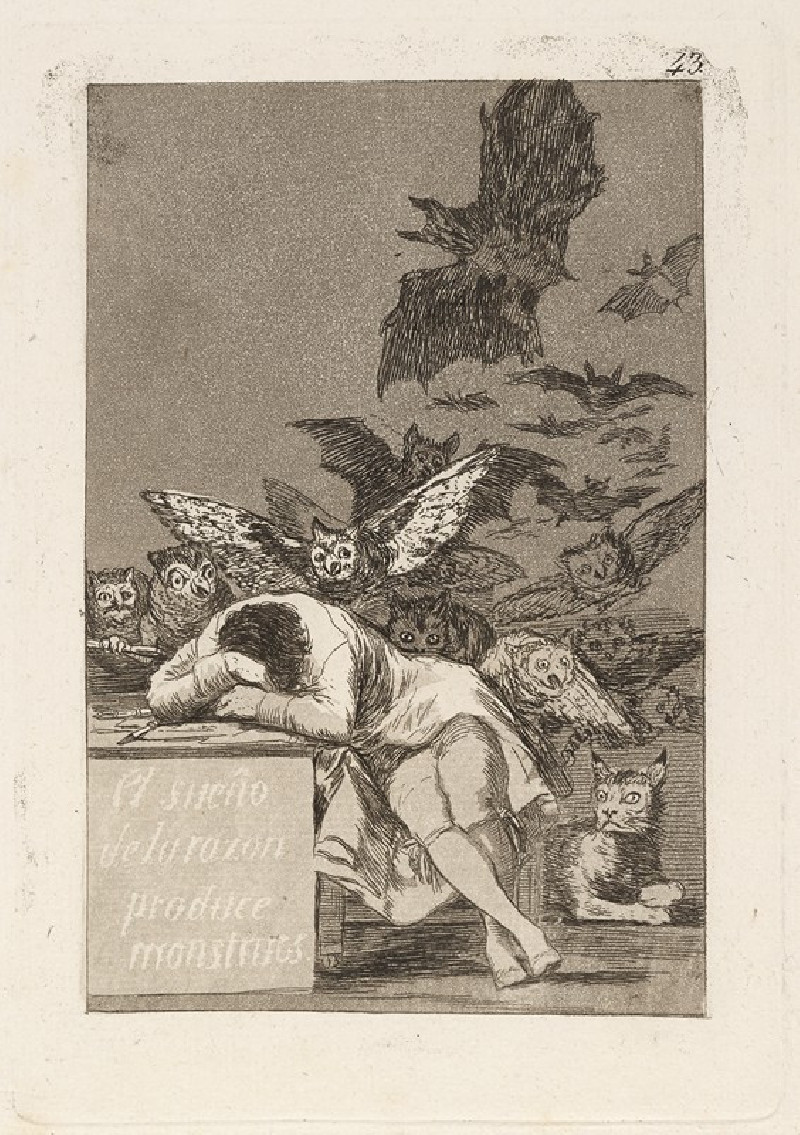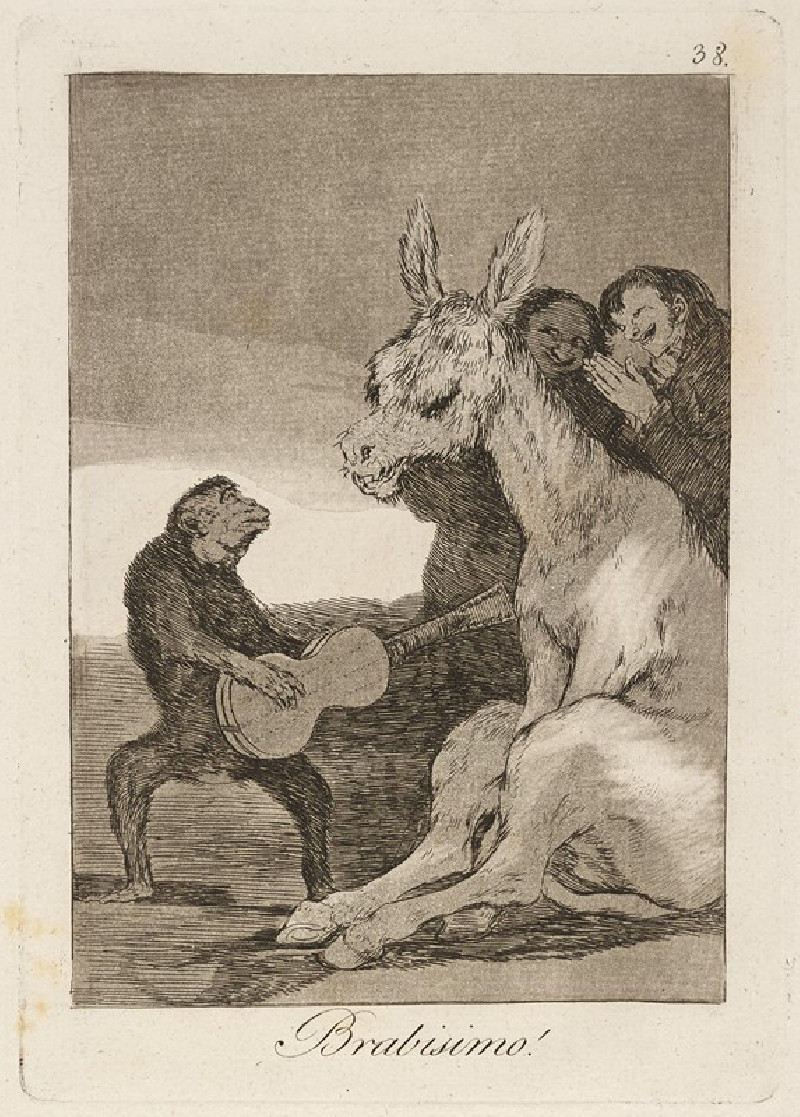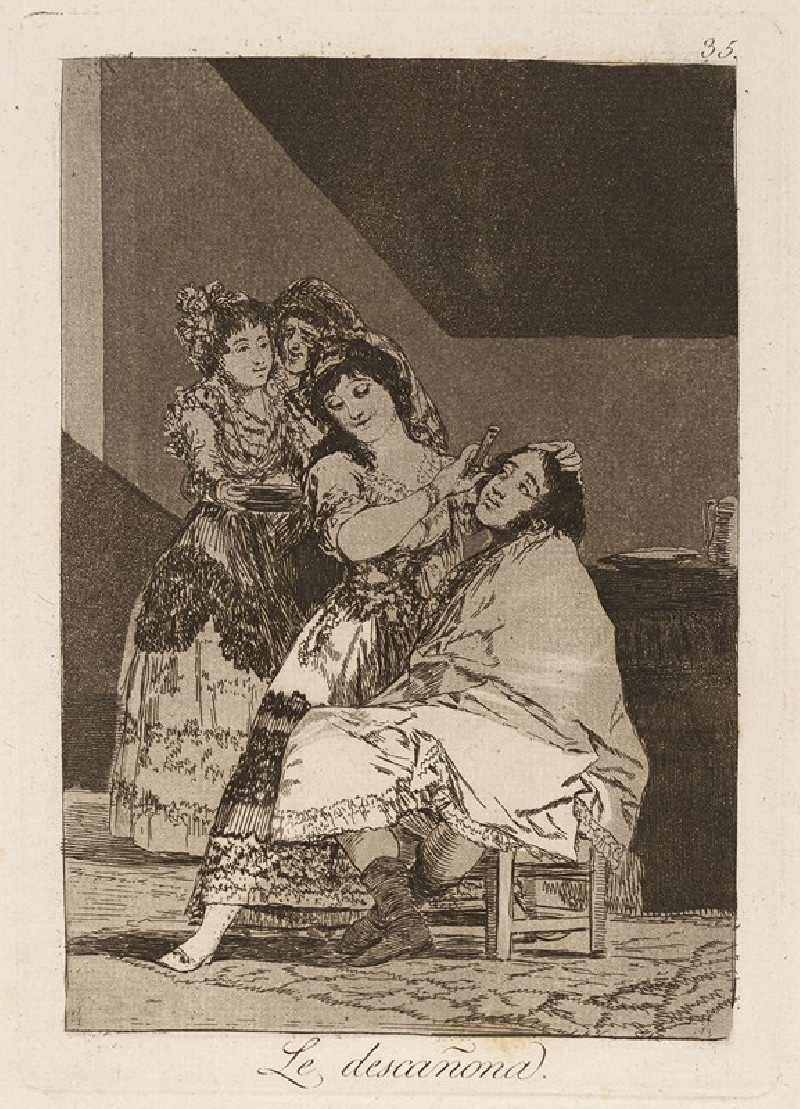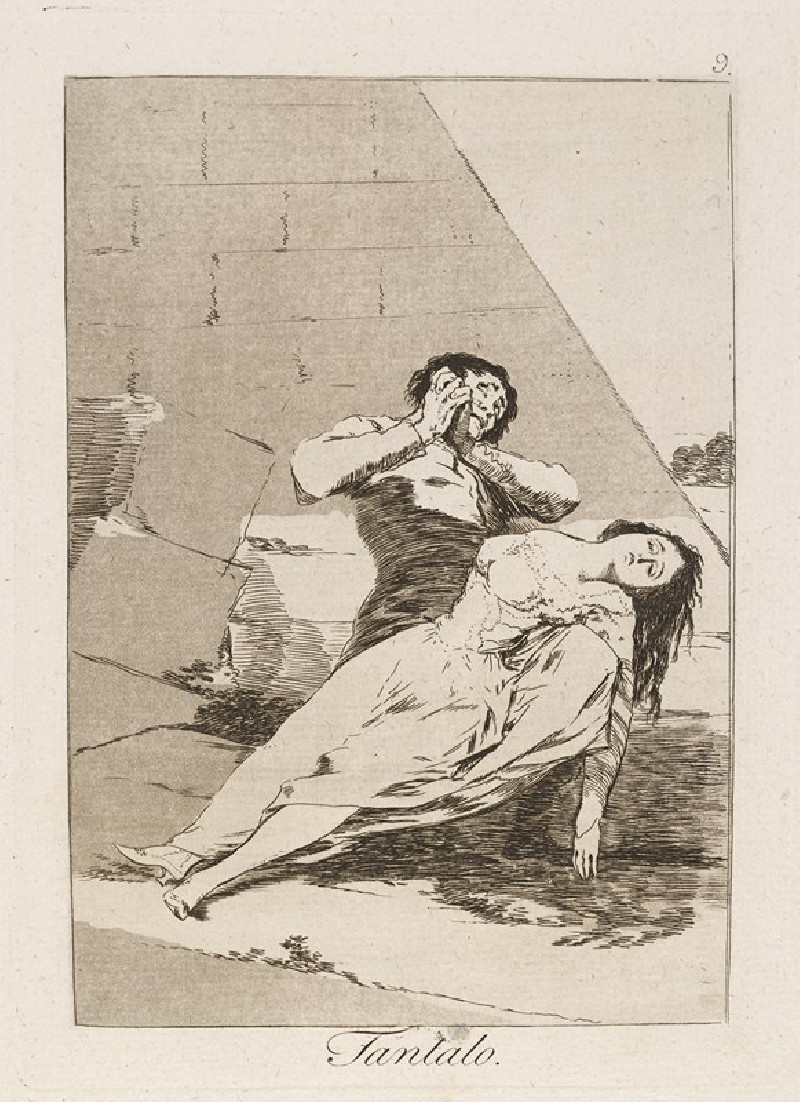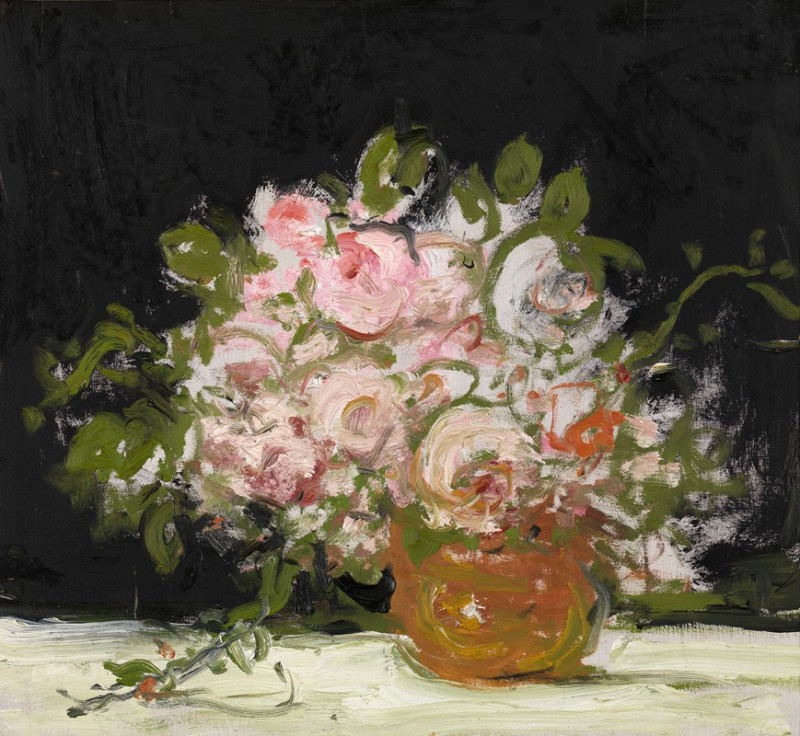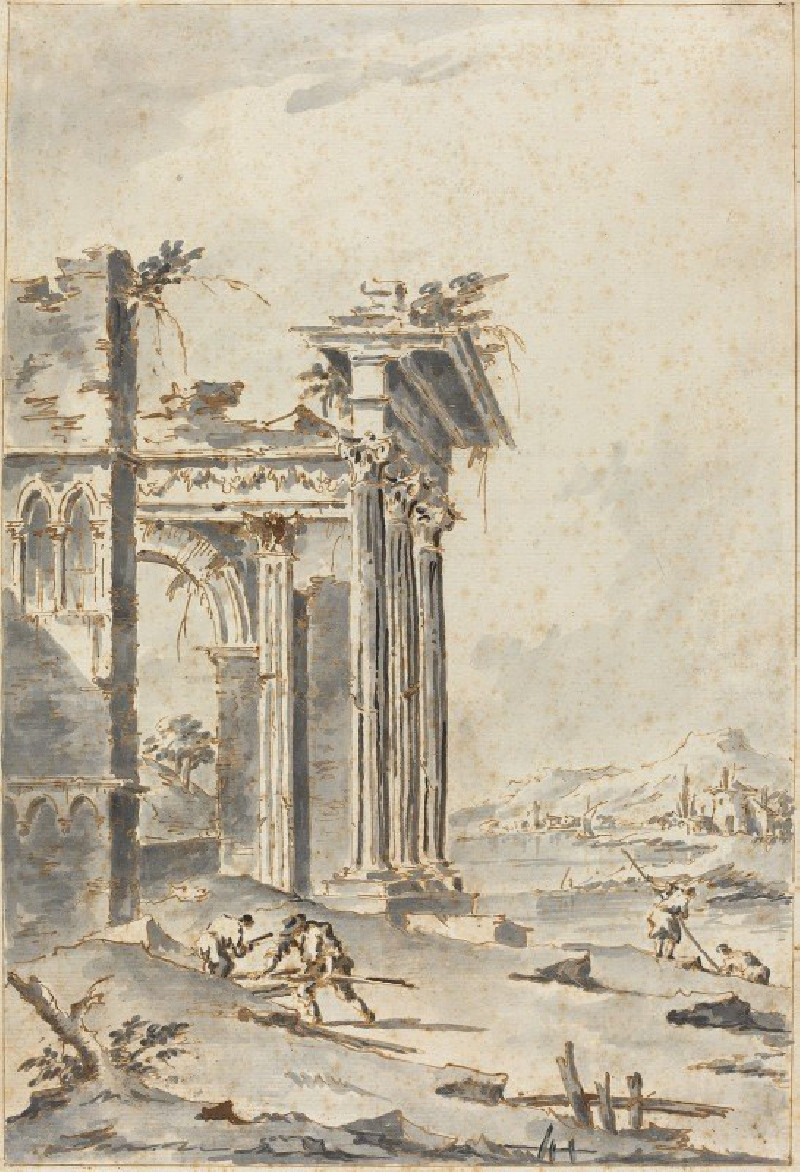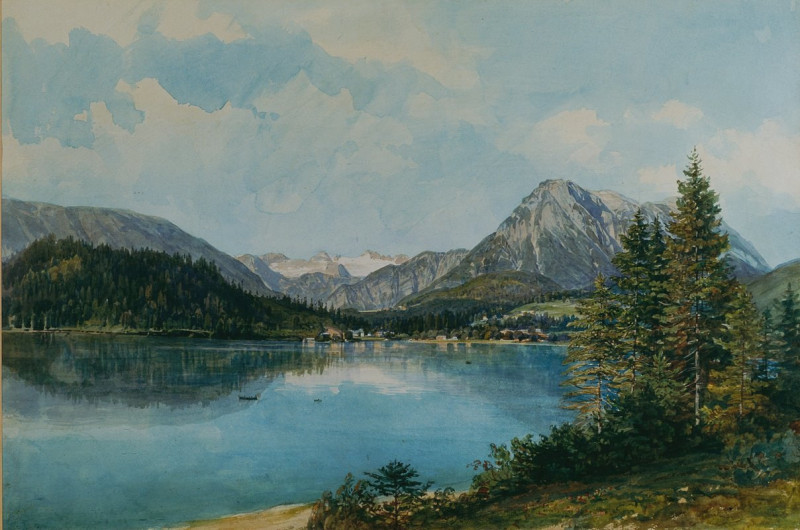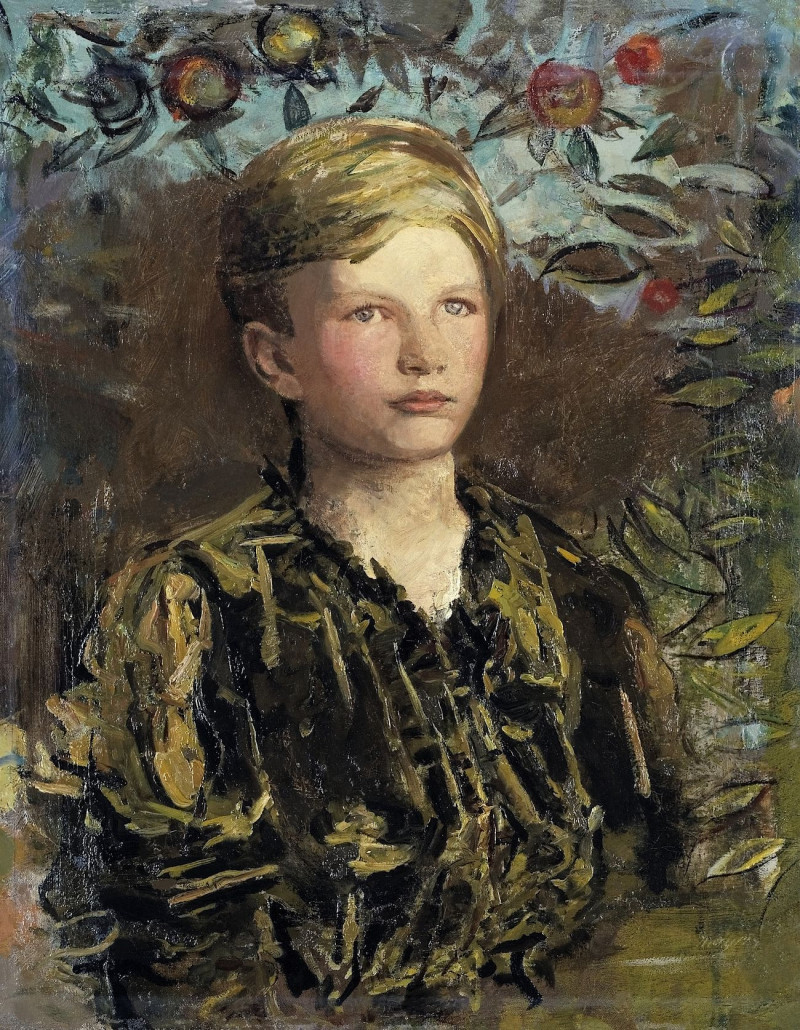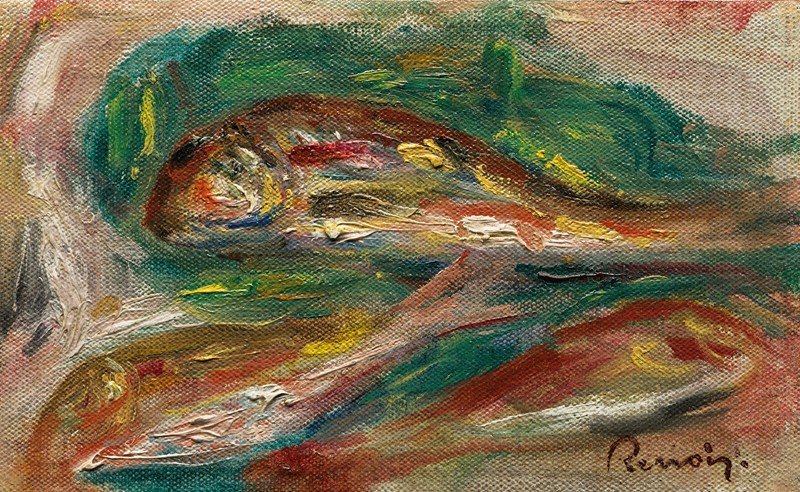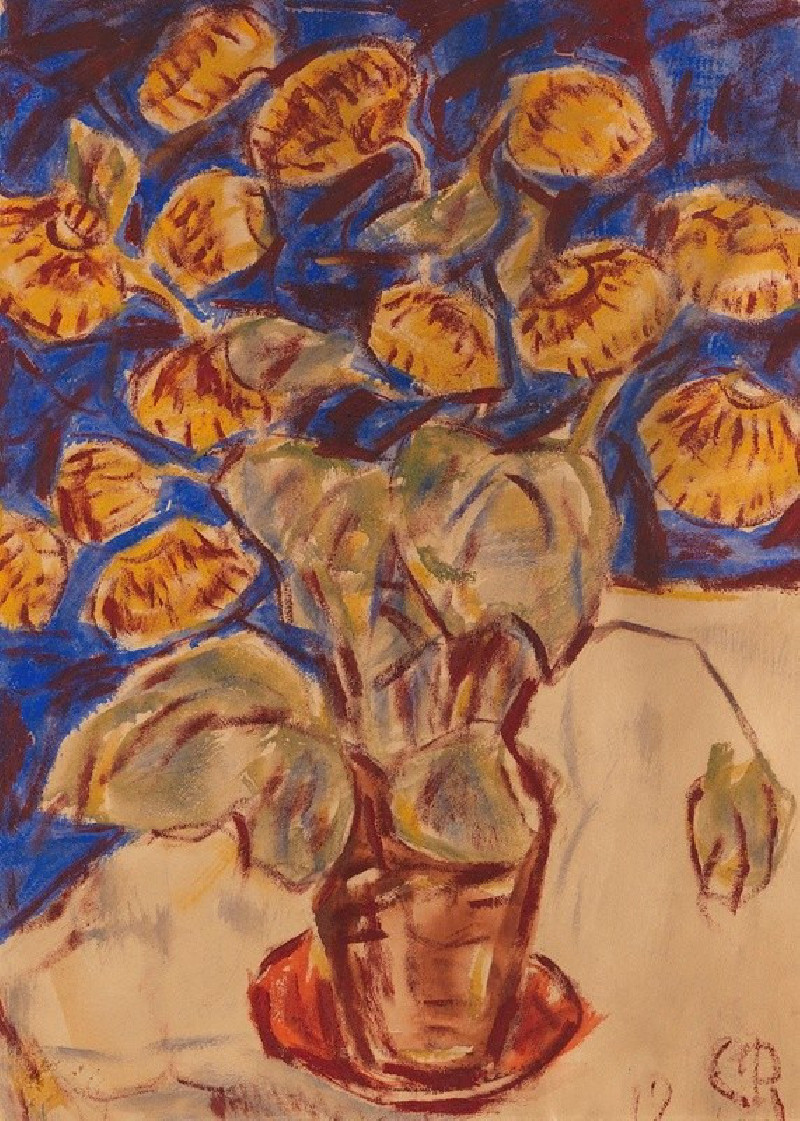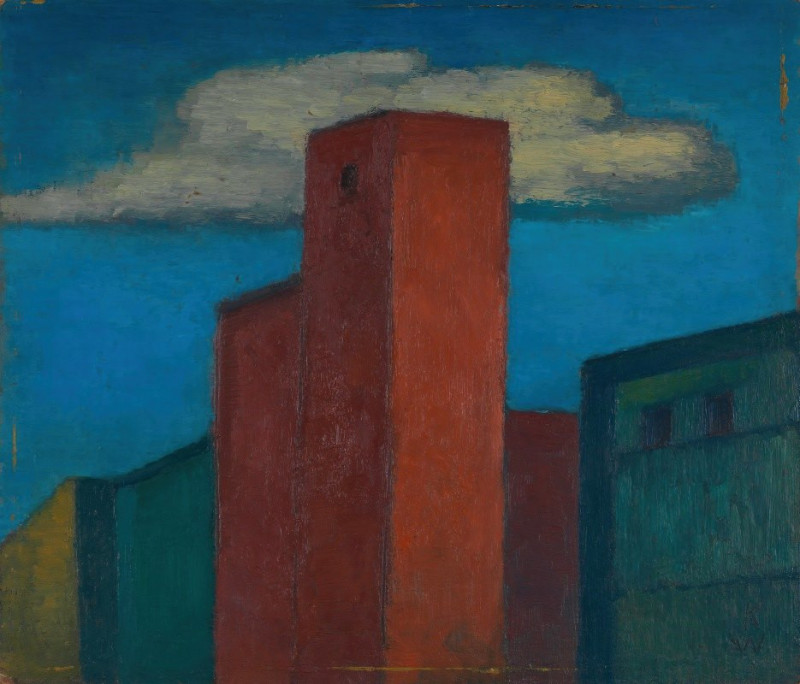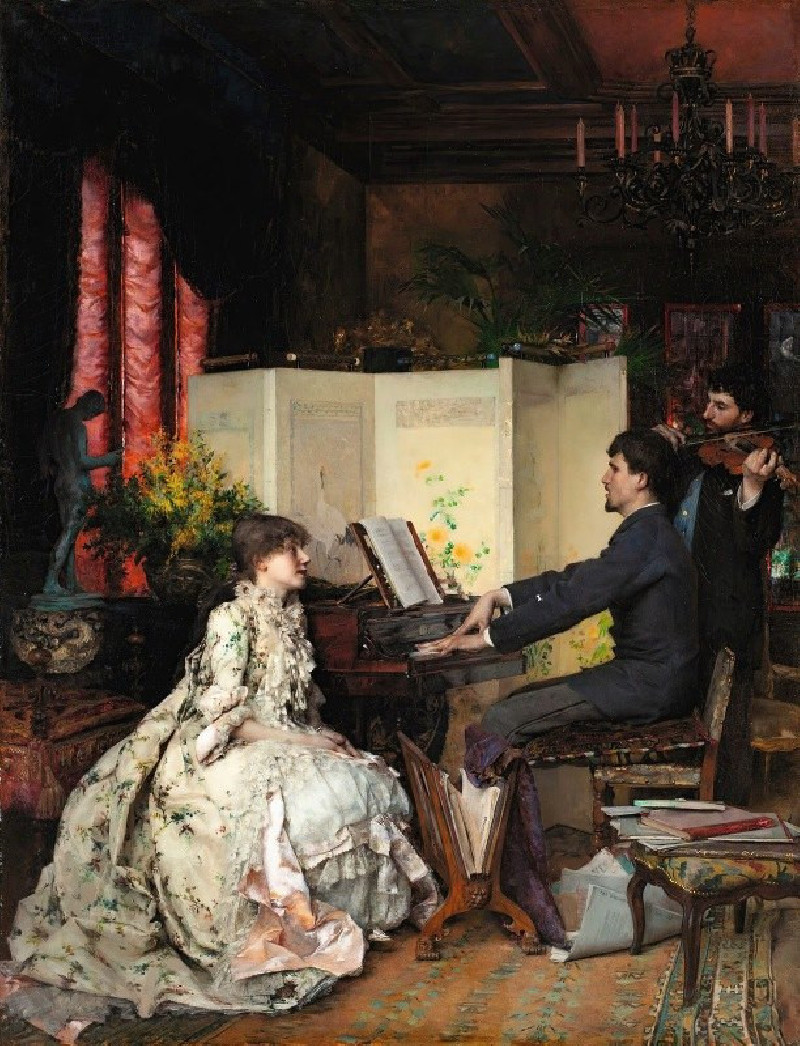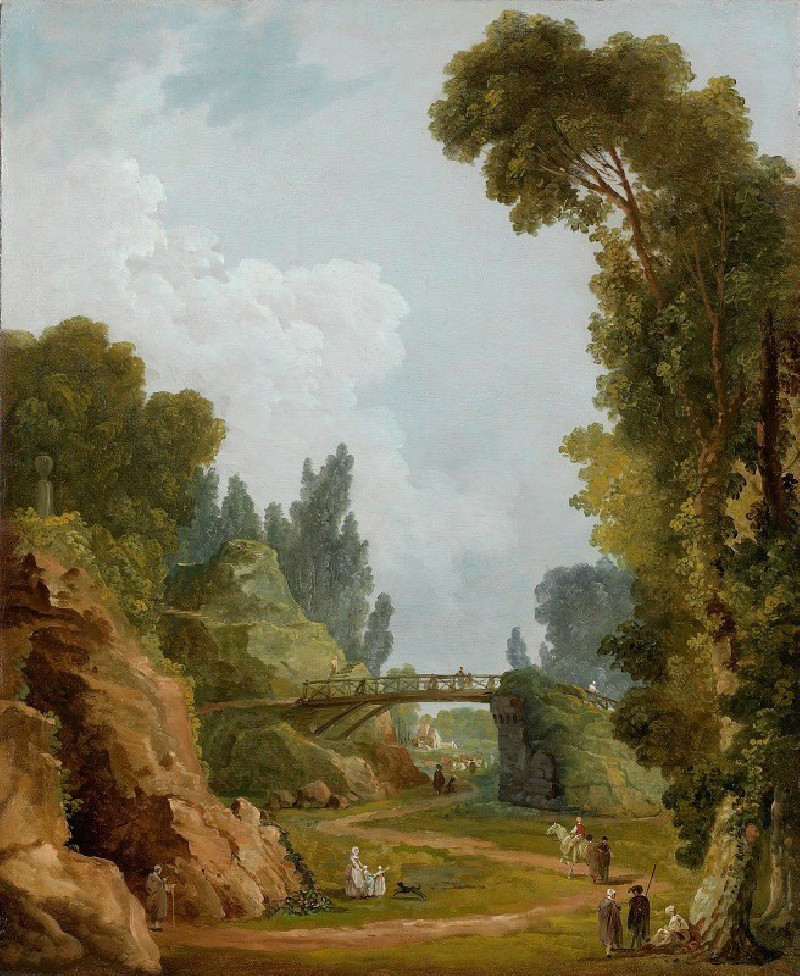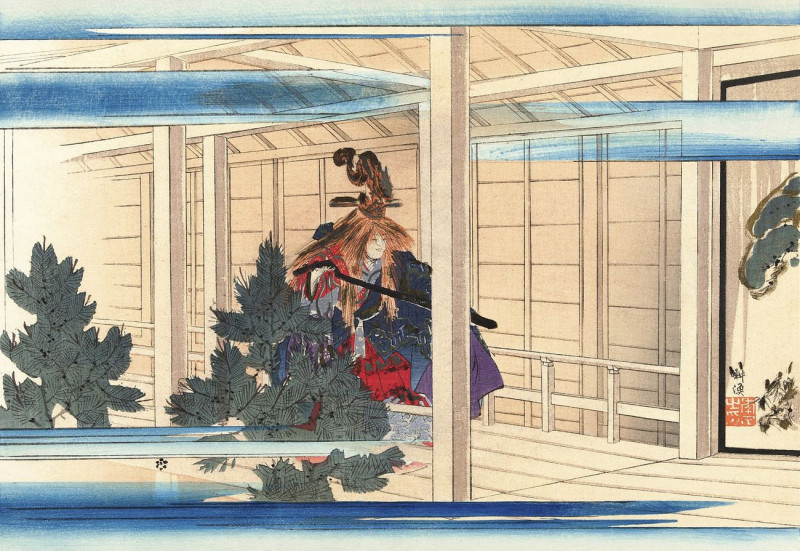Al Conde Palatino. (To the Count Palatine [or] Count of the Palate) (1796-1797)
Technique: Giclée quality print
Recommended by our customers
More about this artwork
Francisco de Goya's etching "Al Conde Palatino," translated as "To the Count Palatine," occupies a unique space in the artist's repertoire, showcasing a blend of social commentary and satirical finesse. Capturing a moment of both mundanity and grandeur, the artwork features a central youthful figure, adorned in an elaborately decorated outfit complete with a wig, indicative of a high social status, possibly nobility. The young aristocrat seems to be engaged in a ceremonial or possibly theatrical role, adding a layer of complexity to the interpretation of the title given.Surrounding this central figure are two other individuals, who appear distressed and in servitude, bending forward in a significantly less dignified manner. This composition is likely a critique of societal hierarchies and the disparities in the treatment linked to social ranks. The positioning of figures and their activities might indicate a satire on the roles and behaviors expected of people according to their status in society.The background of the piece is subtly detailed, hinting at a setting that complements the elevated status of the central figure, possibly a palace room or a similarly opulent venue. The contrast of the notation “33.” in one of the upper corners adds an archival quality, suggesting the piece's inclusion in a broader series of works."Al Conde Palatino" is thus a sharp yet understated critique, typical of Goya's critical style, making a statement about the absurdity and disparities within social structures of his time.
Delivery
Returns
Francisco José de Goya y Lucientes (30 March 1746 – 16 April 1828) was a Spanish romantic painter and printmaker. He is considered the most important Spanish artist of the late 18th and early 19th centuries. His paintings, drawings, and engravings reflected contemporary historical upheavals and influenced important 19th- and 20th-century painters. Goya is often referred to as the last of the Old Masters and the first of the moderns.

![Al Conde Palatino. (To the Count Palatine [or] Count of the Palate) (1796-1797) reproduction of painting by Francisco de Goya... Al Conde Palatino. (To the Count Palatine [or] Count of the Palate) (1796-1797) reproduction of painting by Francisco de Goya...](https://reprodukcijos.lt/37048-large_default/reproduction-of-al-conde-palatino-to-the-count-palatine-or-count-of-the-palate-1796-1797.jpg)

